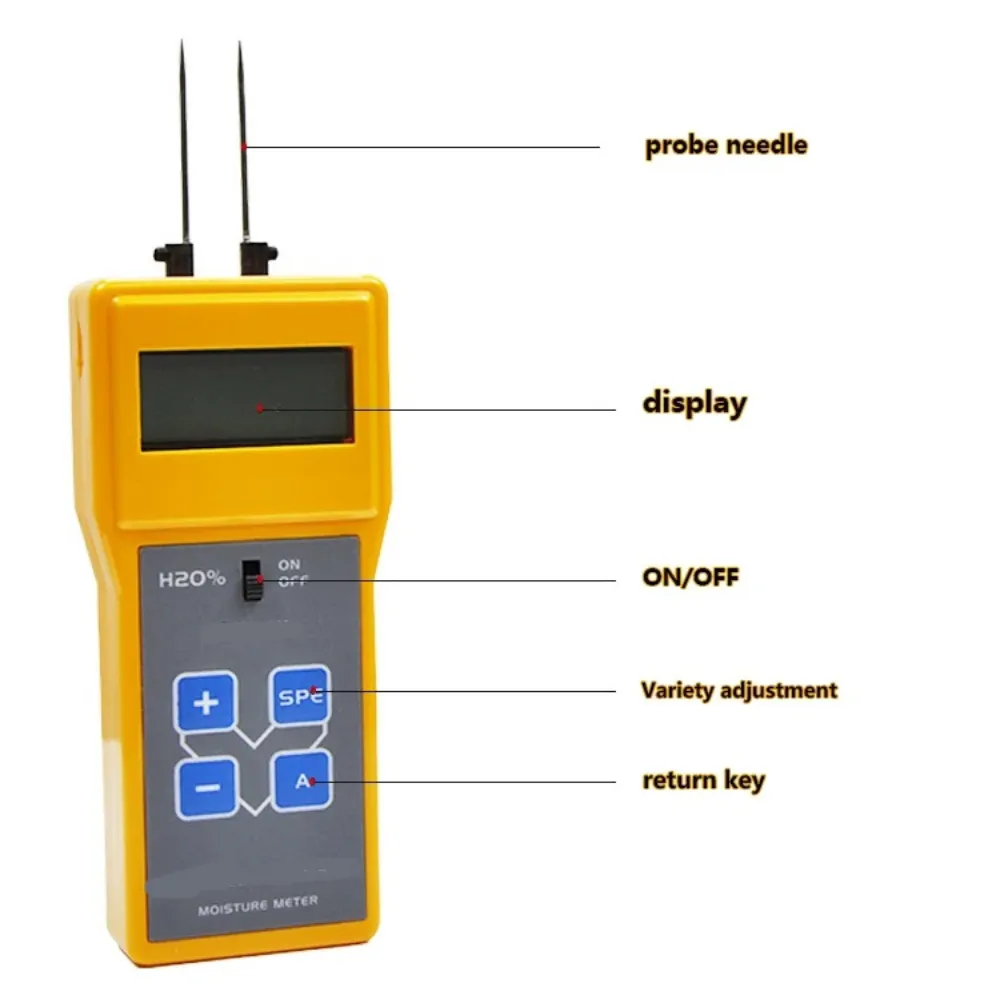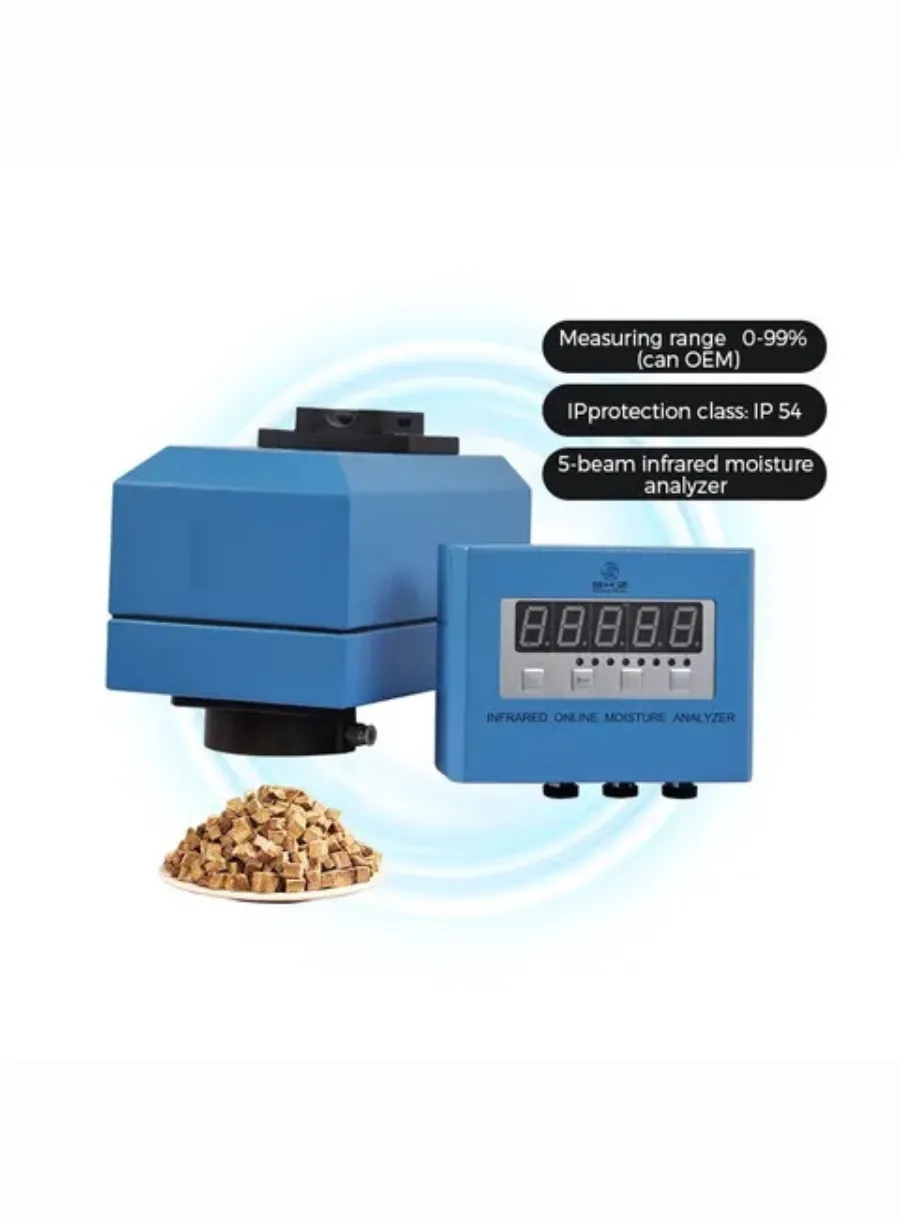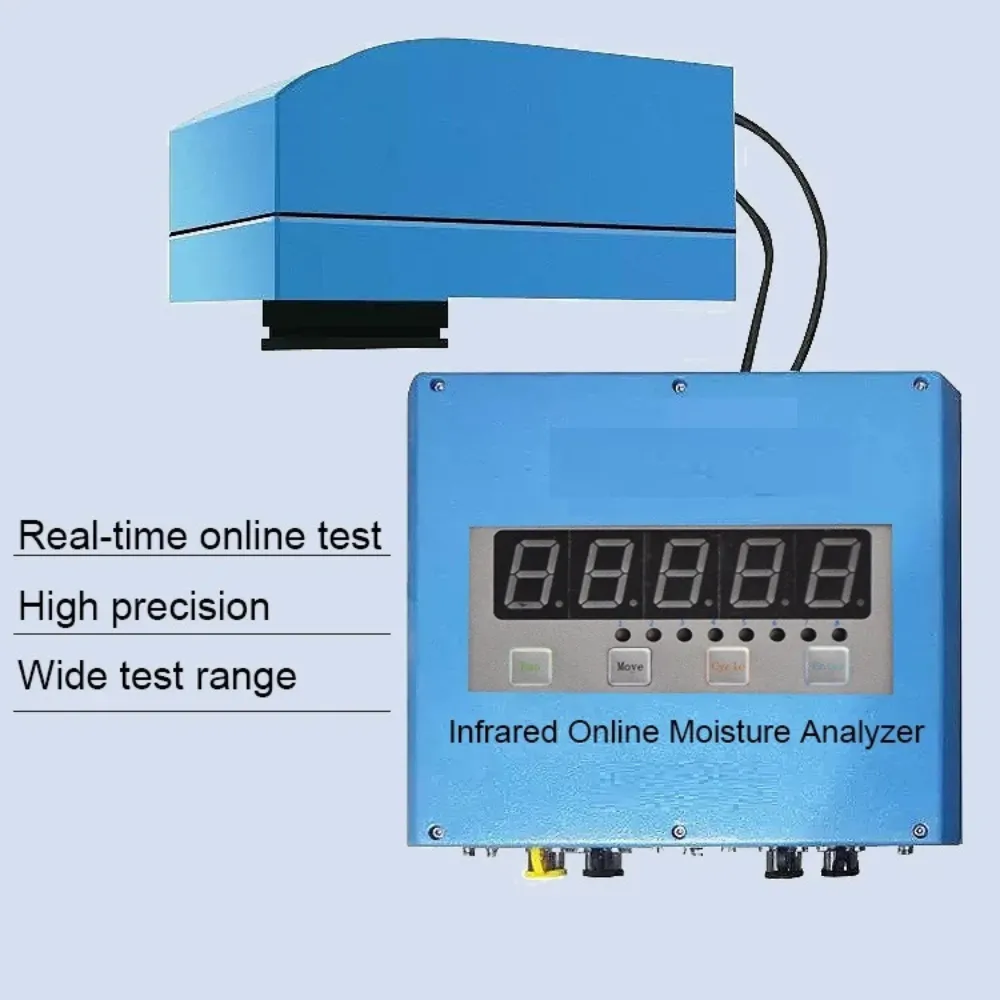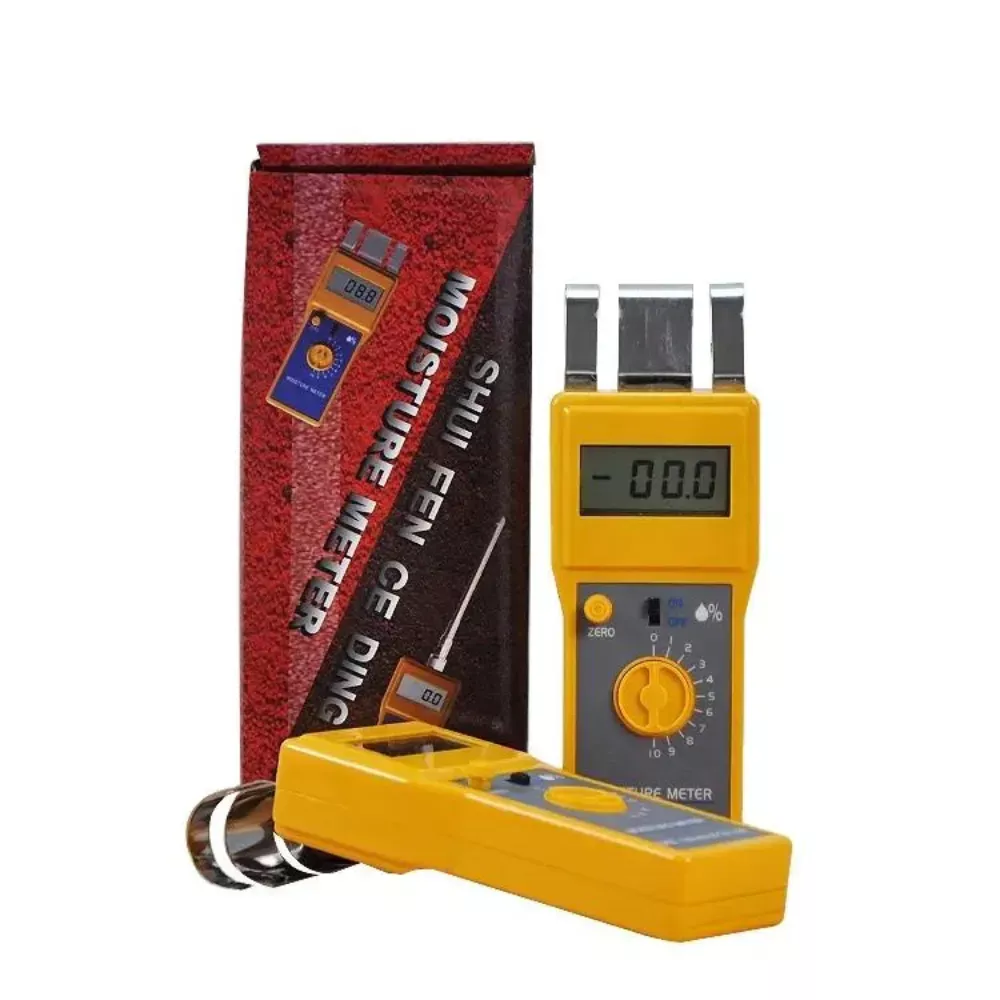
The Role of Soil Moisture Meters
Table of Contents
The Crucial Role of Soil Moisture Meters in Efficient Irrigation
The importance of soil moisture meters in irrigation management cannot be overstated. Water is a vital resource, and its efficient use is crucial for both environmental and economic reasons. Overwatering can lead to a waste of water and can also cause soil erosion and other environmental problems. On the other hand, underwatering can result in poor crop growth and yield. Soil moisture meters help to strike the right balance, ensuring that plants receive the optimal amount of water they need to thrive.

Types of Soil Moisture Meters: Choosing the Right Tool for the Job
There are several types of soil moisture meters available on the market, each with its own advantages and disadvantages. The most common types are the tensiometer, the capacitance probe, and the time domain reflectometry (TDR) meter. Each of these devices measures soil moisture in a different way, and the choice of which to use will depend on the specific needs of the user.
Tensiometers: Measuring Soil Water Tension
Tensiometers measure soil moisture by measuring the tension in the soil water. They work by drawing a small amount of water from the soil through a porous ceramic disk, which creates a vacuum. The tension created by this vacuum is then measured and converted into a soil moisture reading. Tensiometers are relatively inexpensive and easy to use, making them a popular choice for small-scale irrigation systems.

Capacitance Probes: Detecting Changes in Electrical Capacitance
Capacitance probes, on the other hand, measure soil moisture by measuring the change in capacitance as water is absorbed by the soil. Capacitance probes consist of two electrodes that are separated by a dielectric material, which is coated with a moisture-sensitive material. As water is absorbed by the soil, the dielectric constant of the material changes, causing a change in capacitance that can be measured and converted into a soil moisture reading. Capacitance probes are more accurate than tensiometers and can measure soil moisture at different depths, making them a good choice for larger-scale irrigation systems.
TDR Meters: Utilizing Electromagnetic Waves for Precise Measurements
TDR meters work by measuring the time it takes for an electromagnetic wave to travel through the soil. As the wave travels through the soil, it is slowed down by the presence of water, which affects the dielectric constant of the soil. By measuring the time it takes for the wave to travel a known distance, the TDR meter can calculate the soil moisture content. TDR meters are highly accurate and can measure soil moisture at multiple depths simultaneously, making them a good choice for large-scale irrigation systems.
Comments
Tags
Frequently Asked Question
Watering frequency depends on factors like plant type, weather conditions, and soil type. Generally, water when the meter indicates the soil has reached a certain dryness level specific to your plants’ needs.
Yes, some soil moisture meters can be integrated with automatic irrigation systems to trigger watering only when necessary, further optimizing water use.
While not crop-specific, some meters offer calibration settings for different soil types, which can be tailored to general crop needs.
While valuable tools, soil moisture meters should be used in conjunction with visual assessments. Observe plants for signs of stress and check the soil’s moisture level manually to confirm meter readings.


